Hitting the high seas in style makes for an epic adventure, but the process of actually booking a cruise can be anything but smooth sailing.
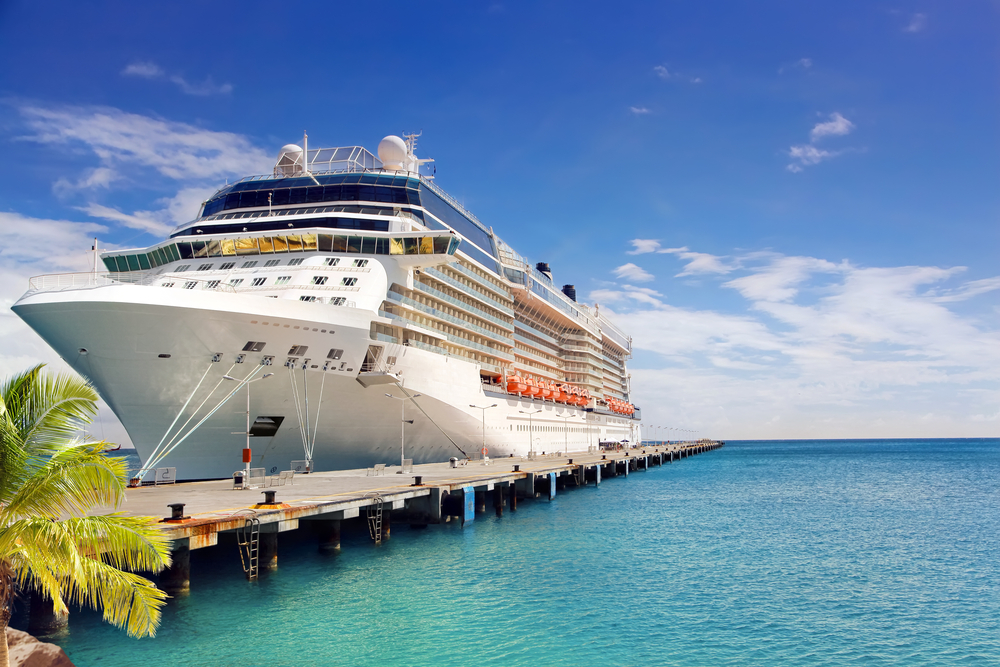
Are you looking for a relaxing getaway, or do you want to pound the pavement with a packed itinerary? Should you upgrade to the beverage package, or spring for tours that aren’t included? And most importantly, can you handle being on a ship with 3,000 other passengers for a week, or are you willing to spend extra to enjoy a more intimate experience?
With vessels of all shapes and sizes navigating rivers and oceans in every part of the planet, the options are endless when it comes to cruising. Here are some of the most important things to consider before hitting the “Book” button.
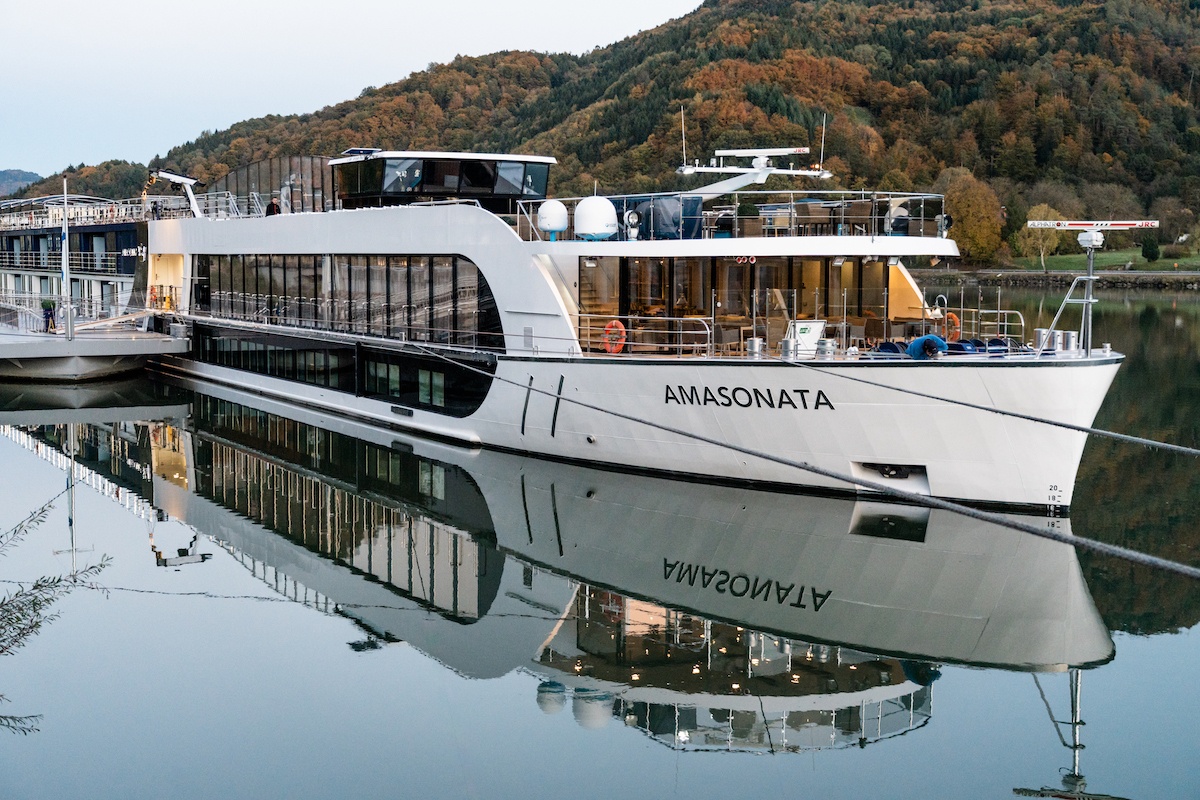
When and where to go on a cruise
This is obviously the most important consideration, and there’s more to it than just picking a dream destination. The combination of the “when and where” can be one of the toughest decisions to make, because let’s face it—it’s a big world out there.
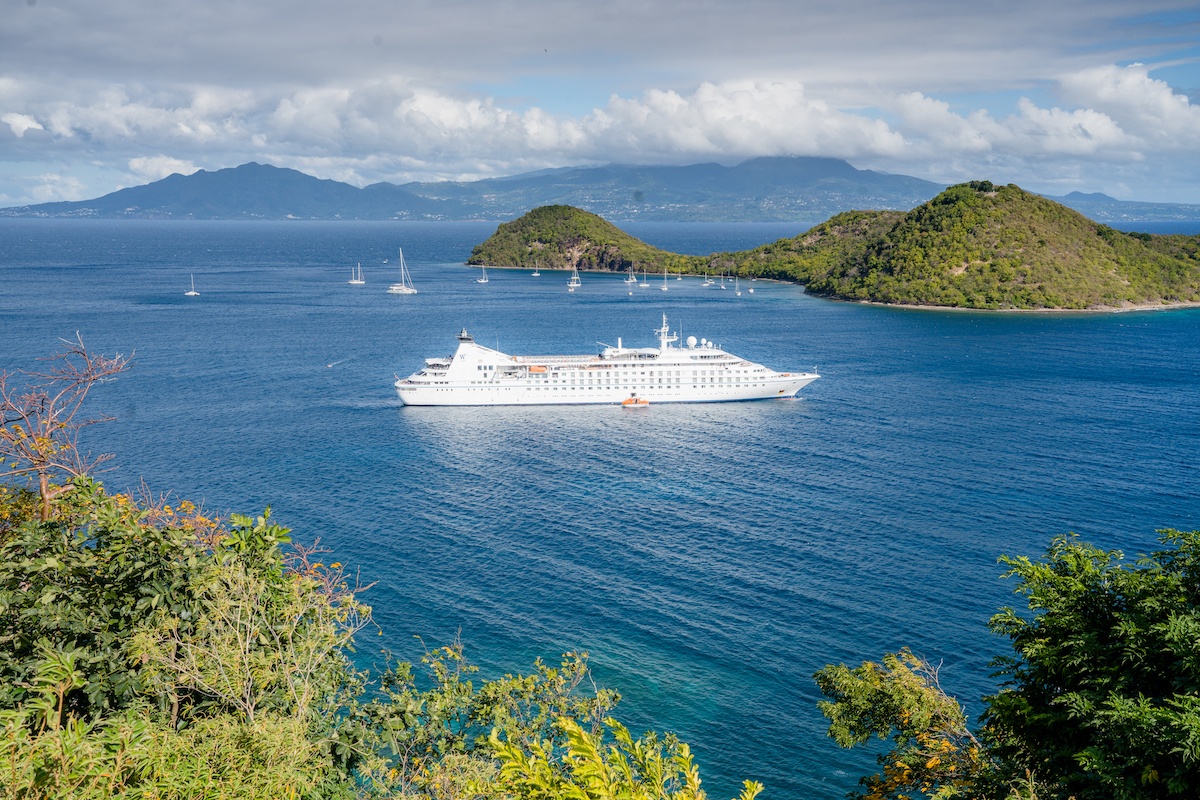
Some itineraries feature sailings from country to country, while others like the Bermuda sailings on Celebrity Cruises focus on multiple ports in the same area.
Once you’ve pinned down the location, timing is everything. While cruise lines operate year-round, certain areas are only serviced seasonally. For example, the optimal time for Caribbean cruises is November through April, while ports around the Baltic Sea are traditionally visited between May and September.
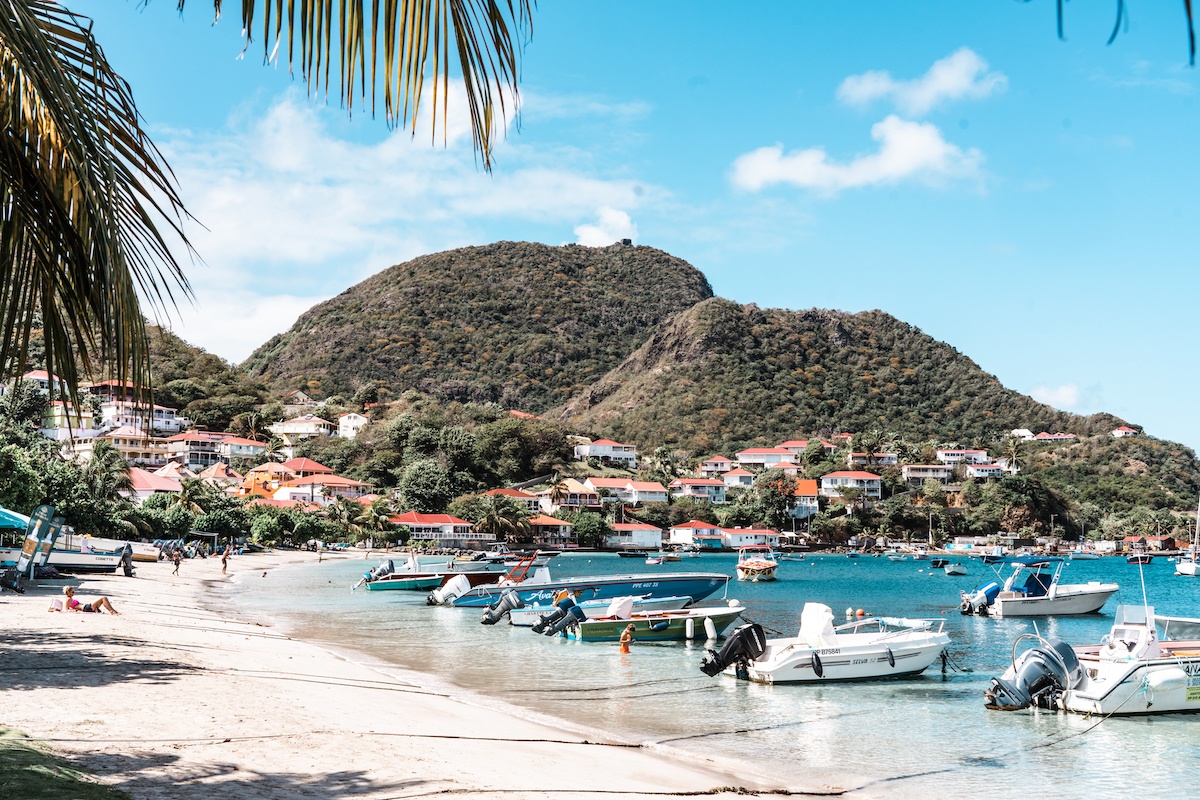
The time of year also makes a huge difference in spots like Europe: spring and summer bring flowers, sunshine and crowded ports, while a river cruise along the Danube or Rhine in winter means cold weather, less tourists and a chance to visit the famous Christmas markets.
Insider tip: Try to schedule your flight to land a day or two prior to embarkation day, to provide a buffer in the unfortunate event that you experience flight cancellations or delays. It will also give you time to get over jet lag before starting a busy cruise itinerary.
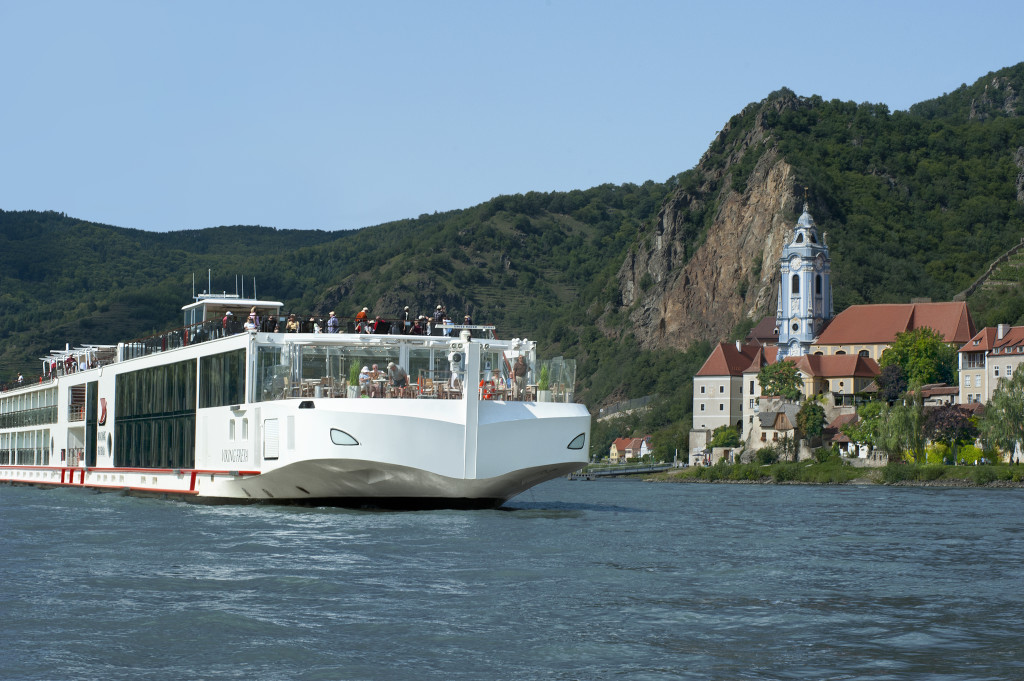
The itinerary
Another important consideration when you compare cruises is to take a close look at the itinerary. Those who are more interested in working on their tans on the sun deck or hitting the buffet likely won’t be too fussed by a few “sea days,” but those itching for adventure could be caught off guard if they didn’t realize they’d only get off the ship four times in a week.
While some cruise lines state that they visit seven different ports during a week-long itinerary, that doesn’t necessarily mean passengers get enough time to see anything. If the ship doesn’t dock until noon and is scheduled to leave at 4 P.M., that only leaves a couple hours to explore, considering the time it takes to disembark, get shuttled to the destination and get back through security onto the ship. It’s even more challenging in places like St. Petersburg, where passengers need to go through Russian customs both ways.
Travellers whose sole goal is to relax may want to take advantage of repositioning cruises which cross entire oceans during shoulder season. This means many more days spent on board, which typically translates to significant cost savings.
Alternatively, those booking a cruise for the convenience of seeing a number of places without having to sort out all the logistics should keep an eye out for port intensive itineraries, which are scheduled to spend most of each day docked.
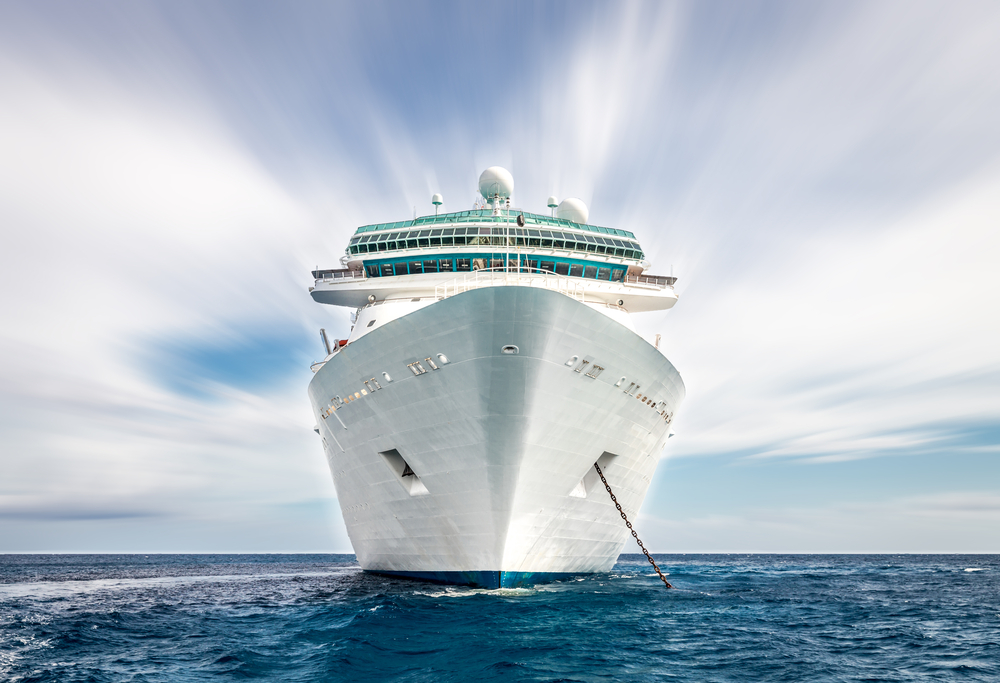
Ship size
When it comes to cruising, bigger isn’t always better. It all comes down to what kind of services and amenities you’re looking for, as well as the destination—after all, there’s no way a mega ship could squeeze through the the narrow lock bridges that are common in Europe!
There are plenty of pros and cons when it comes to small ships (such as those used for river cruises) versus ocean liners, so travellers should consider what’s important to them before choosing a cruise line. For example, smaller ships mean an opportunity to get to know fellow passengers and staff better, and since they typically sail on rivers there’s no issue with seasickness.
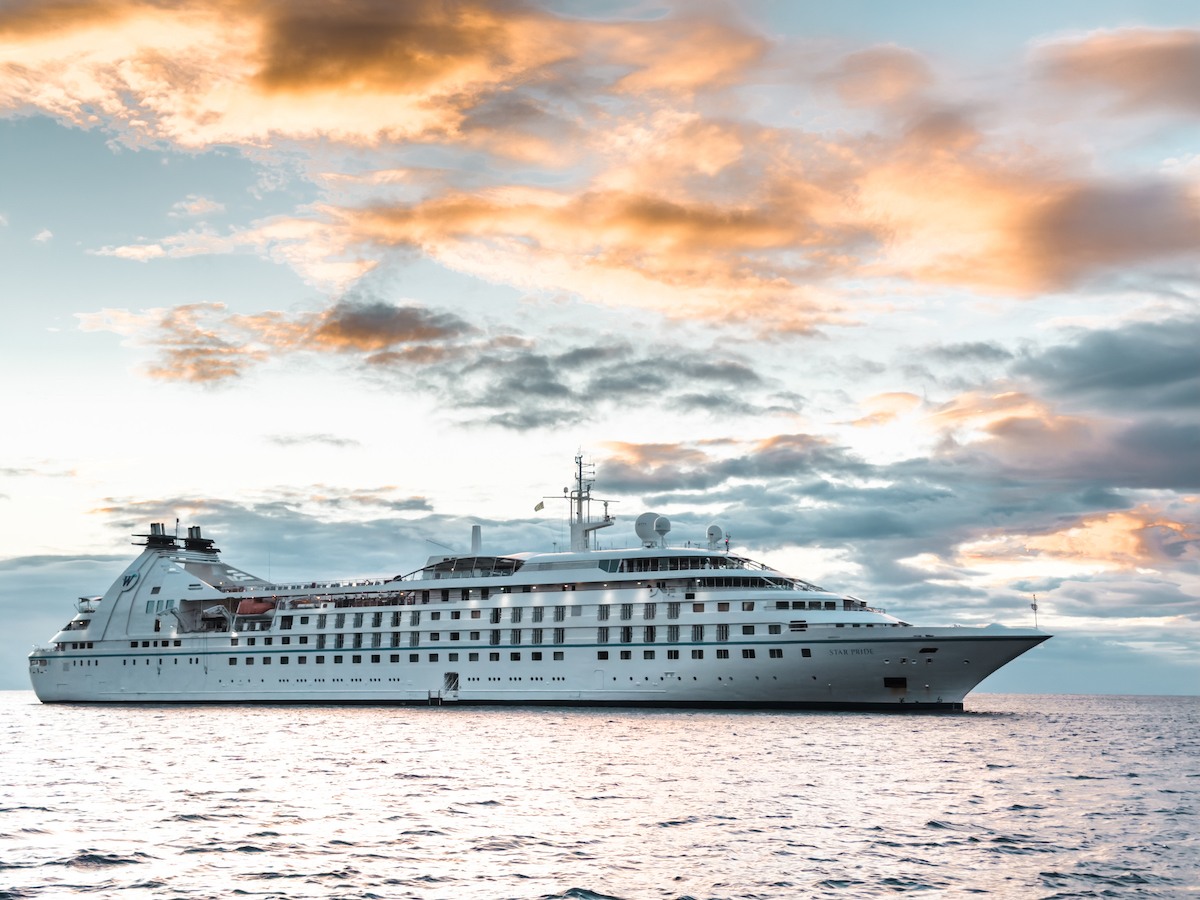
Alternatively, large ships tend to have incredible amenities such as shopping, spas, waterslides, entertainment, multiple pool areas and numerous restaurants—but that means navigating the hallways with more than a thousand people each day.
RELATED: Cruise comparisons: How to choose the right cruise ship

Inclusions
Ah, the extras…also known as the way cruise lines make their money. While the price per passenger typically includes a shared room, meals and use of the ship’s amenities, that’s about where the similarities end.
From wi-fi to butlers and excursions to beverage packages, those extra costs can really add up throughout the cost of a cruise if you aren’t careful. Oh, and don’t forget all the tips for staff!
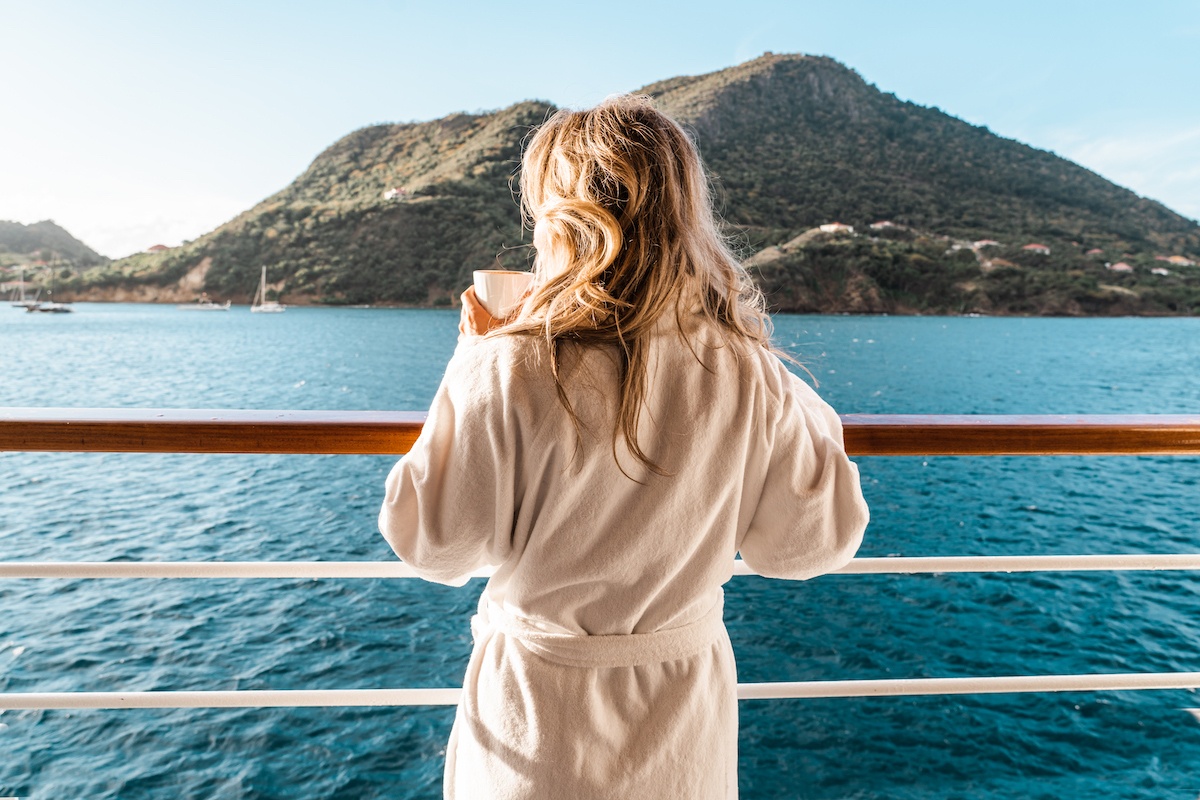
To avoid sticker shock, think about what sort of add-ons you might be interested in then choose a cruise line accordingly. If you plan on booking an excursion in each port and enjoying a few drinks every night, it may be worth booking an all-inclusive cruise through companies like Silversea, Scenic or Viking Cruises.
However, here are some ways you can book with a more budget-friendly cruise line and still enjoy day tours and drink onboard without the high price tag.
Demographics
Now that you’ve determined when and where you want to travel and how you’ll spend your time, it’s time to nail down a final, crucial detail: which cruise line best fits your needs.
Demographics are extremely important to consider when choosing which company to sail with. For example, families typically gravitate to operators like Disney which have tons of activities to keep young ones entertained, while seniors tend to prefer quieter, all-inclusive ships where staff can focus on their needs.
Research the company’s clientele before booking anything to ensure a good fit, so you don’t find yourself bored from a lack of amenities or cringing every time a toddler shrieks in the dining doom. A bit of extra time spent before booking your cruise can lead to smooth sailing when it comes time to enjoy adventure of a lifetime.
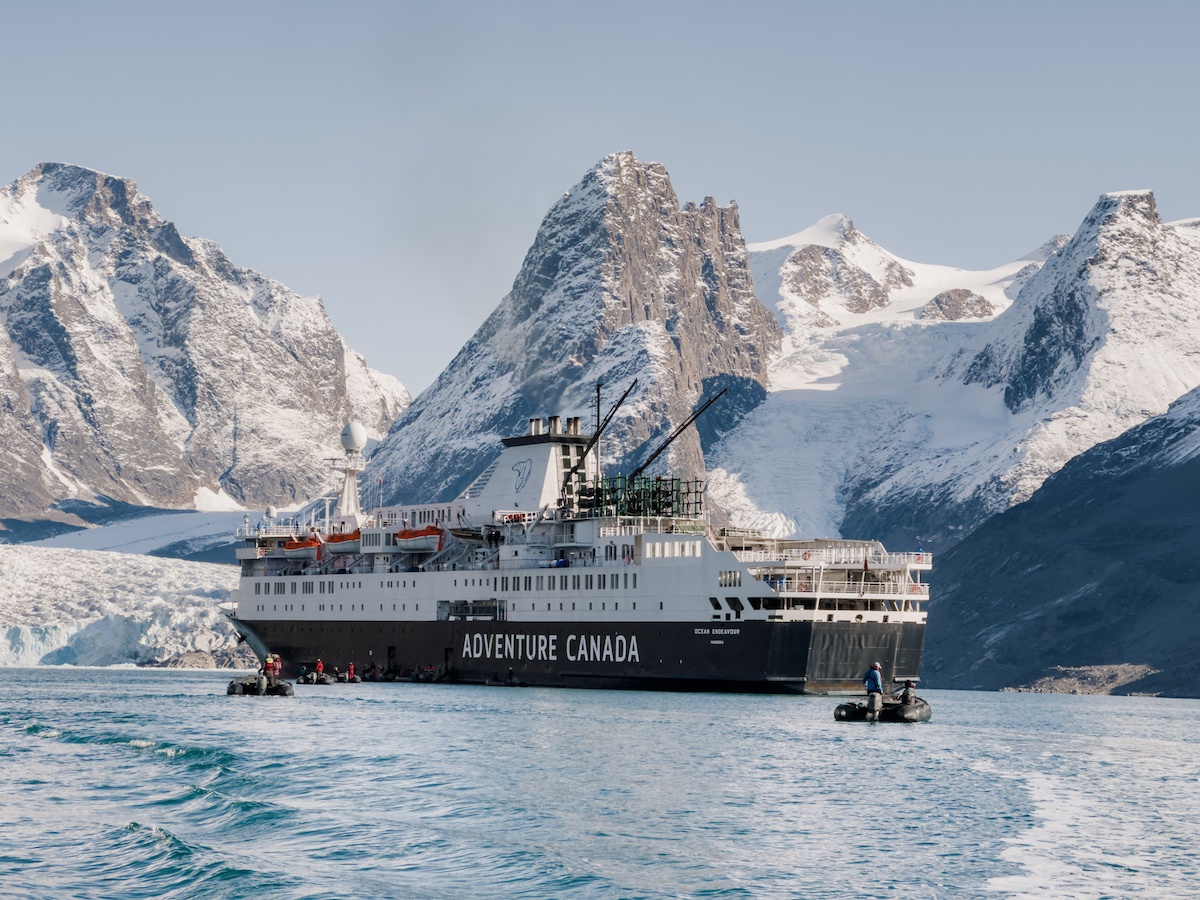
YOU MIGHT ALSO ENJOY:
- On a boat: How to save money on your cruise
- Ama Waterways review: A river cruise on the delightful Danube
- The differences between a Viking River and Viking Ocean cruise
- Galapagos Islands cruise: A week with Ecoventura
SHARE THE PINSPIRATION! CLICK THE IMAGES BELOW TO PIN:
This post may contain affiliate links, which Globe Guide receives compensation for at no additional cost to you.


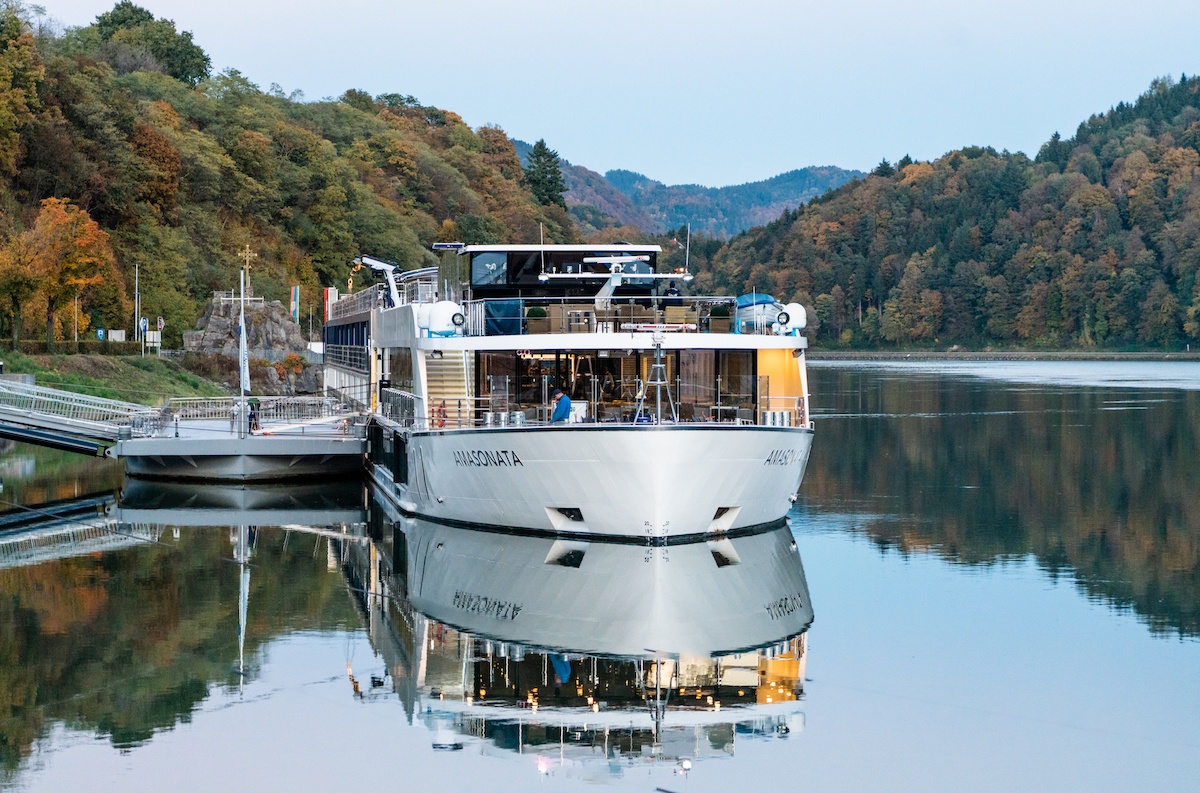
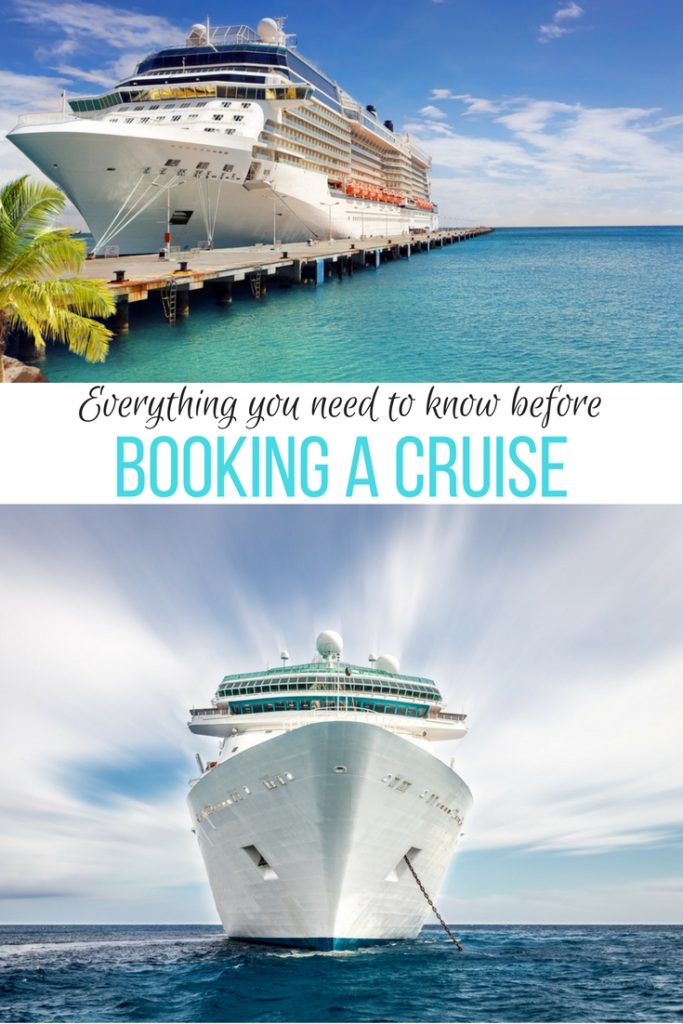
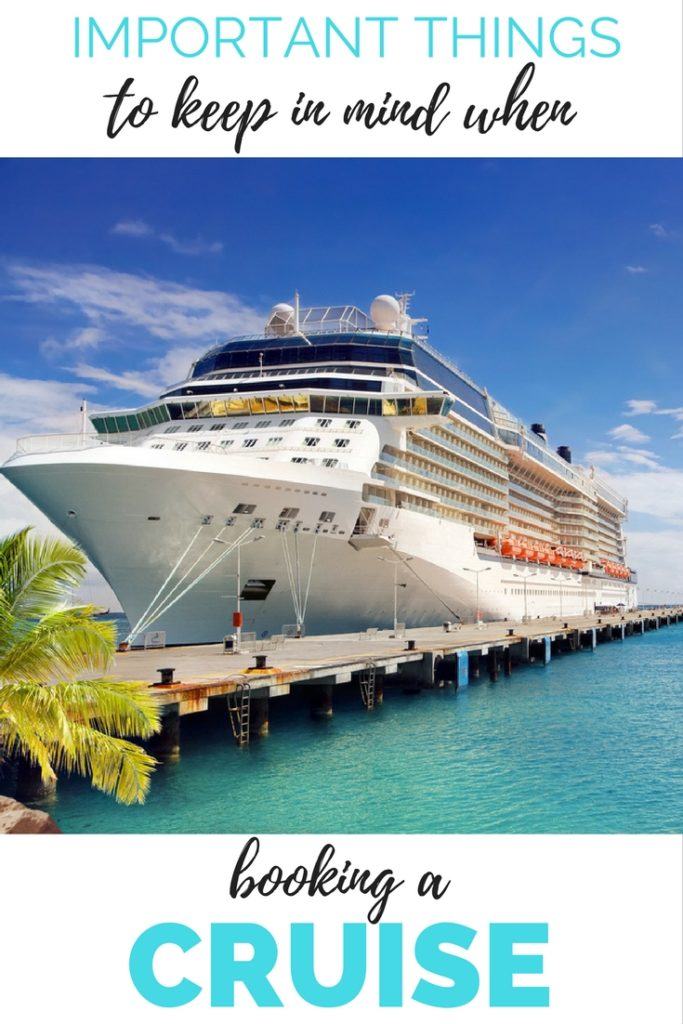
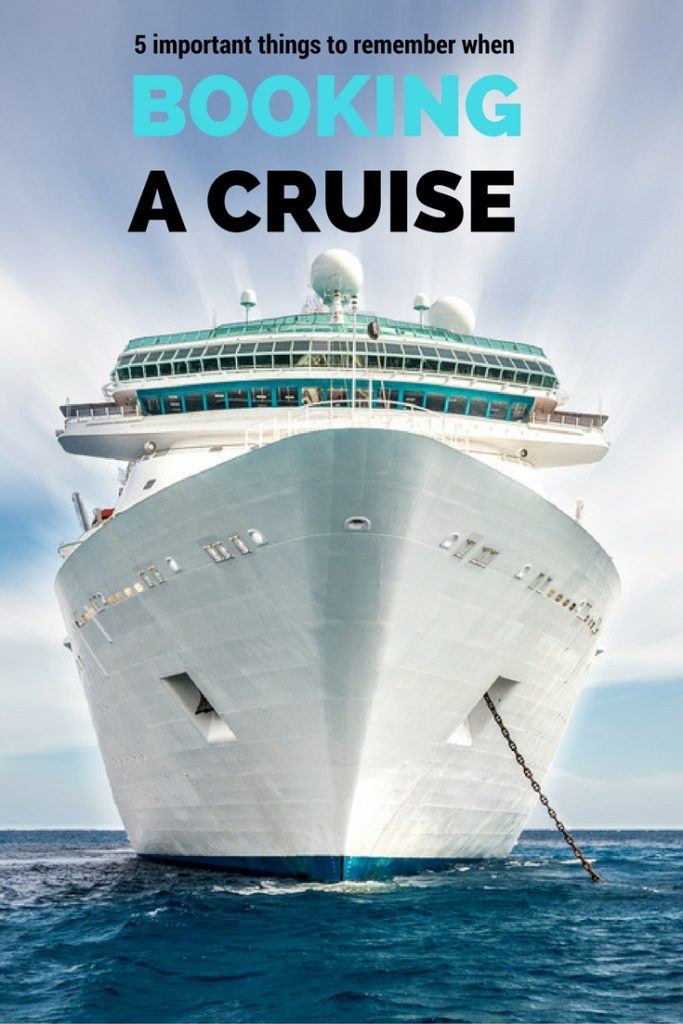
Pingback: Differences between a Viking River and Viking Ocean cruise
Pingback: Cruising the Caribbean with One Ocean Expeditions